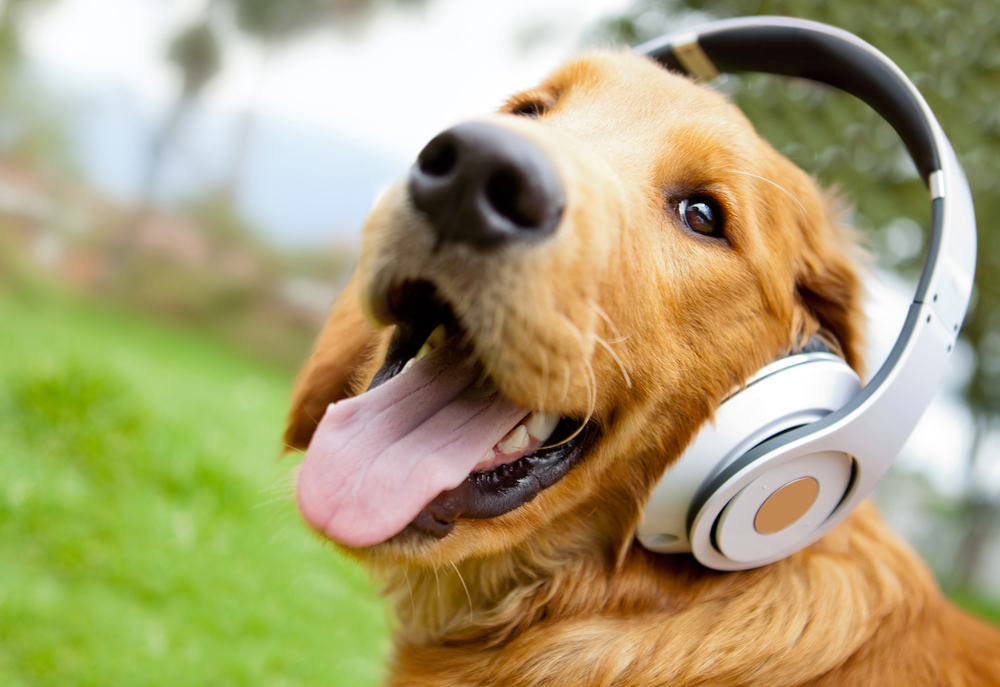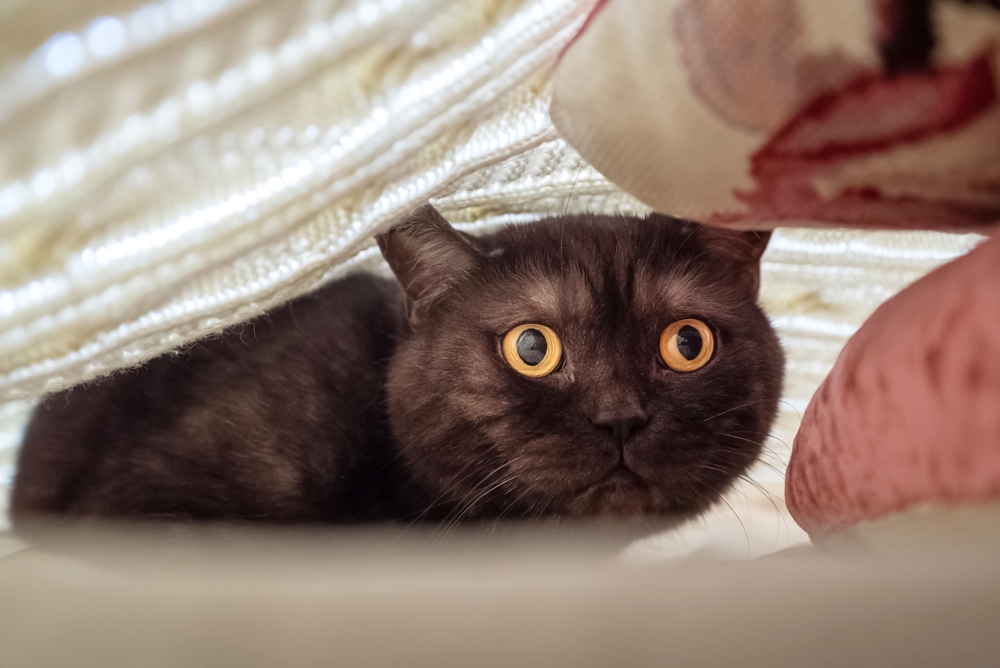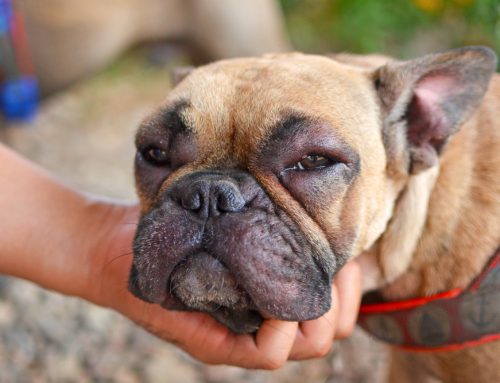If your pet has a noise aversion, the condition can significantly impact their quality of life, but how do you know whether your pet is affected? Test your noise aversion knowledge by taking our All Creatures Animal Hospital team’s pop quiz on this anxiety-provoking condition.
Question: What is pet noise aversion?
Answer: A noise aversion is an extreme fear response to a noise, typically one that is loud and difficult to localize. Pets often suffer from this condition.
Q: What are common pet noise-aversion triggers?
A: Pets can usually ignore everyday noises that surround them, but unexpected loud sounds can startle them and cause them to develop a noise aversion. Common sounds that trigger pets’ noise-aversion reactions include:
- Thunder
- Fireworks
- Sirens
- Honking horns and other traffic noises
- Smoke detector alarms
- Vacuum cleaners
- Kitchen appliances
- Lawn mowers and other yard equipment
- Garbage trucks
- Crowd noises
- Construction noises
Q: What causes pet noise aversion?
A: In many cases, the cause of a pet’s noise aversion remains undetermined. However, these factors can contribute to a pet’s noise aversion:
- Inappropriate socialization — From 3 to 14 weeks of age, pets are most amenable to socialization. This process is important to help them learn how to adapt to new experiences and grow into well-adjusted adult pets. Socialization involves exposing your pet to new sights, sounds, and situations, and unsocialized pets are at higher risk for developing noise aversion. In addition, you must be careful to ensure your pet’s experiences are positive, or they may make a negative association with a situation, potentially developing a noise aversion.
- Breed — Pointing and herding breeds seem to be at higher risk for a noise aversion.
- Traumatic experience — If a pet experiences a traumatic event, such as being involved in a car accident, they may develop a noise aversion.
- Pain — If a pet hears a sound while they experience pain, they can make a negative association, and develop a noise aversion.
- Disease — Pets who are ill may feel vulnerable and be more predisposed to developing a noise aversion.
- Advanced age — As pets age, many are affected by cognitive dysfunction, a condition similar to Alzheimer’s disease in humans. A pet with cognitive dysfunction experiences an extreme amount of stress and anxiety.
Q: Why is pet noise aversion significant?
A: Noise aversion is common in pets, affecting more than a third of U.S. dogs. The condition is prevalent in cats as well. Consequences are severe, including:
- Psychological impact — These pets experience extreme fear and anxiety equivalent to a human’s panic attack.
- Physical trauma — During an episode, an affected pet may attempt to escape, potentially injuring themself in the process. In addition, if your pet’s escape attempt is successful, they can potentially run into traffic and suffer life-threatening injuries.
- Lost — If your pet escapes during a noise-aversion episode, they can become lost.
- Health issues — The stress from a noise aversion can lead to health issues such as dermatologic problems and urinary tract disorders.
- Separation anxiety — Pets who have a noise aversion have a high risk for developing separation anxiety.
- Behavioral issues — Many noise-averse pets exhibit unwanted behaviors such as acting destructively, eliminating inappropriately, and exhibiting aggression.
Q: Is scolding a noise-averse pet beneficial?
A: No. Never scold your pet when they exhibit a noise-adverse reaction. Scolding adds to their stress and anxiety, exacerbating the situation.
Q: Is comforting a noise-averse pet beneficial?
A: Yes, but only in moderation. If you are overly dramatic about comforting your pet’s noise aversion, they pick up on your anxiety, which enforces their belief that they do have something to fear.
Q: How is pet noise aversion treated?

A: Treating a pet’s noise aversion typically requires a multifaceted approach, and the process can take time to find the most effective solution. Coping techniques include:
- Avoiding the noise — When possible, limit your pet’s exposure to the triggering noise.
- Creating a safe place — Ensure your pet has a safe place they can go if they are frightened or stressed. This can be a crate, closet, or small room where they feel secure. Provide comfortable bedding, recently worn clothing that has your scent, and their favorite toys.
- Masking the noise — Music or white noise can mask unpleasant sounds.
- Muffling the noise — Noise-canceling headphones are available for dogs to help muffle upsetting noises.
- Calming the fight-or-flight response — Close-fitted vests apply continuous pressure that calms the autonomic nervous system, reducing a pet’s fight-or-flight response.
- Modifying the pet’s behavior — Veterinarians often recommend counterconditioning and desensitization techniques to treat pets’ noise aversion. While doing something your pet finds pleasing, such as eating, play the triggering noise at a low enough volume level that they aren’t affected. Over several weeks or months, increase the volume incrementally at each session to help desensitize your pet to their noise trigger.
- Using calming supplements — In some cases, pheromones and other calming supplements are beneficial for noise-averse pets.
- Medicating your pet — Sedatives and anti-anxiety medications can be extremely helpful when treating a noise-averse pet, especially if their condition is severe.
You and your veterinarian should address your pet’s noise aversion as soon as possible to limit the negative effects this condition has on your furry pal. If you think your pet has a noise aversion, contact our All Creatures Animal Hospital team so we can ensure a health issue, such as arthritis or cognitive dysfunction, isn’t contributing to the problem. We will then devise an appropriate treatment strategy so your pet’s fear does not ruin their quality of life.














Leave A Comment